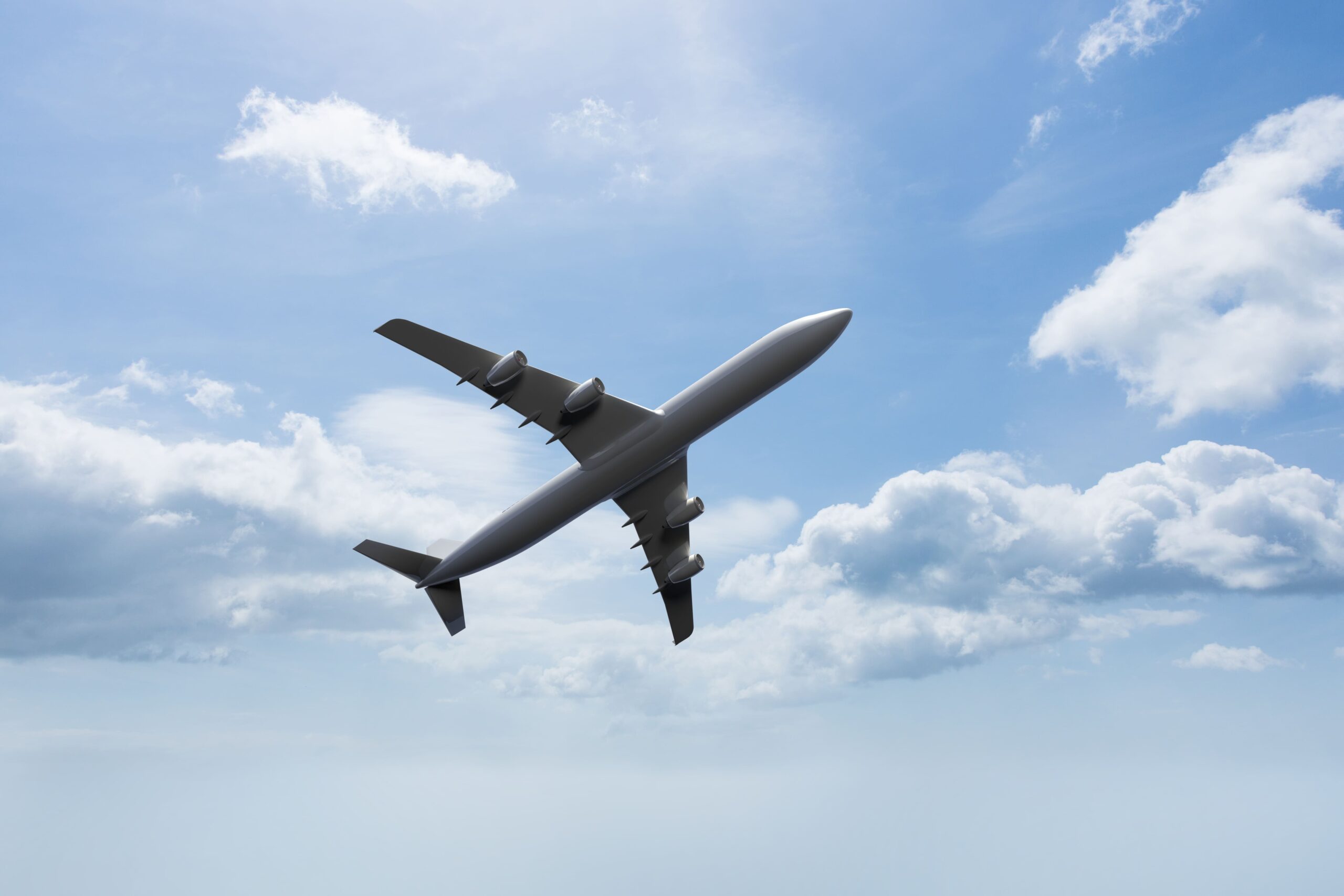Flying may be an exciting experience, however in case you’re not familiar with the airport or airline procedures, the experience may also be overwhelming. Whether you’re a first-time traveler or a person who hasn’t flown in a while, knowing the boarding process can help reduce stress and ensure a smooth start to your journey.
In this article, we offer a comprehensive, step-by-step guide to the flight boarding process—from the moment you arrive on the airport to the time you settle into your seat.
1. Arriving at the Airport
The flight experience starts well earlier than takeoff. It’s critical to reach at the airport with enough time to finish all pre-boarding formalities.
•For domestic flights, passengers are commonly suggested to reach at least 2 hours earlier than departure.
•For international flights, arriving 3 hours in advance is a best practice.
Early arrival provides sufficient time for check-in, luggage drop, security checks and locating your boarding gate—without the need to hurry.
2. Check-In Process
There are two main ways to check in for your flight: online check-in and airport counter check-in.
Online Check-In
Most airways permit passengers to check in online through their website or mobile app 24 to 48 hours earlier than departure. This process enables tourists to choose their desired seat, download or print their boarding pass and in lots of instances, indicate how many number of bags they’ll be checking in. If you don’t have any check-in luggage, online check-in allows you to skip the check-in counter completely and proceed directly to security check.
Airport Counter Check-In
If you haven’t checked in online, or in case you prefer personal help, head to the airline’s check-in counter at the airport. You will need to provide your ID and travel ticket or booking reference. The airline staff will issue your boarding pass and tag your check-in luggage.
Some airports also have self check-in kiosks, wherein you could scan your ID or booking details to obtain your boarding pass and luggage tags.
3. Baggage Drop
After they check in online, guests will go to the baggage drop-off desk. At this point, the airline workers will weigh and tag your bags before placing them in the cargo hold of the plane.
Make sure your bags are the right size and weight for the airline and check that you aren’t bringing anything that isn’t allowed or is limited in your checked luggage. This comprises power banks and lithium batteries.
Always keep the receipt for the baggage tag. It will help you if your luggage gets misplaced or is late.
4. Security Screening
After check-in and baggage drop, continue to the security screening place. This is a mandatory process for all passengers before coming into the boarding place.
At security:
•Place all hand luggage, jackets, digital items (like laptops and tablets) and metallic items (along with belts, cash, keys) in trays furnished at the screening counter.
•Walk through the metal detector as advised by security personnel.
•In a few instances, a manual pat-down or a body scan can be carried out for added screening.
•Once cleared, acquire your belongings from the trays and organize your items.
Security protocols can vary slightly depending on the airport and destination, specifically for international flights. Cooperate with the security staff and follow instructions sign boards for a smooth process.
5. Immigration and Passport Control (International Flights Only)
For International flights, you must additionally pass via immigration after security screening. Present your passport, visa (if required) and boarding pass to the immigration officer. You may be asked questions regarding your vacation spot, duration of your stay and purpose of journey.
Once your documents are verified and stamped you will proceed to the international departure location.
6. Proceed to the Boarding Gate
After you’ve done everything you need to do look at the flight information display monitors to find out where your boarding gate is. Also, this information is usually on your boarding pass. It’s also crucial to check the display boards often for the most up-to-date information because gate numbers sometimes change.
Give yourself plenty of time to get to your gate because airport terminals can be very big and hard to navigate. If your gate is at the end of the terminal you should attempt to avoid spending too much time in the shopping or dining areas that are near security.
7. Wait for Boarding to Begin
Once you reach the boarding gate, wait in the designated seating area until your flight is called. Boarding usually begins 30 to 60 minutes before the scheduled departure time and is done in a structured manner to maintain order and efficiency.
Most airlines follow a zone-based or group-based boarding process. This may include:
• First and Business Class passengers
• Frequent flyers or priority members
• Families with children, elderly passengers, and those requiring assistance
• Economy class passengers by rows or zones
Listen for announcements and watch the display screens at the gate. Boarding group numbers or seat ranges will be called one by one.
8. Present Your Boarding Pass and Identification
When the announcement of your boarding group is made, you will need to wait in line at the gate and provide both your boarding pass and a valid picture identification issued by the government (such as a passport or national identity card).
A boarding pass will be scanned by the gate agent and your identification will be verified. As soon as you are given clearance, you will be permitted to proceed to the airplane.
9. Entering the Aircraft
There are usually two ways to on board the plane and the one you choose will depend on the airport and where the plane is positioned.
An aerobridge is a walkway that looks like a tunnel that goes straight from the boarding gate to the plane.
At some airports, the shuttle bus is a way for people to go to the plane that is parked on the tarmac. Keep your boarding pass until you are seated and be sure to follow the instructions given to you by the ground staff.
When people on board a plane, they usually go through the front or back door, depending on the layout.
10. Finding Your Seat and Stowing Cabin Baggage
Upon entering the aircraft, locate your seat using the seat number on your boarding pass. Airline crew members are available to assist if needed.
Once at your seat:
• Place your carry-on luggage in the overhead bin or under the seat in front of you.
• Keep essential items such as your passport, phone, wallet, and headphones within easy reach.
• Sit down and fasten your seatbelt as instructed.
Be mindful of other passengers trying to board and avoid blocking the aisle for too long.
11. Final Cabin Checks and Takeoff
As boarding concludes, the cabin crew will perform final checks. They will ensure:
• All passengers are seated and wearing their seatbelts
• Carry-on bags are securely stowed
• Electronic devices are in airplane mode or switched off
• Tray tables are up and window shades are open
After the safety demonstration, the aircraft will taxi to the runway for departure. Sit back, relax, and prepare for takeoff.
Conclusion
Even though it is a detailed process, the process of boarding a flight is simple once you have a good understanding of the steps in which the processes are performed. Being on time, maintaining vigilance and according to the directions provided by both the airline and the airport are essential components of a hassle-free travel.
In order to travel with self-assurance and peace, it is beneficial to be aware of what to predict at each stage of the journey, regardless of whether you are flying for business, pleasure or to visit loved ones.







0 Comments